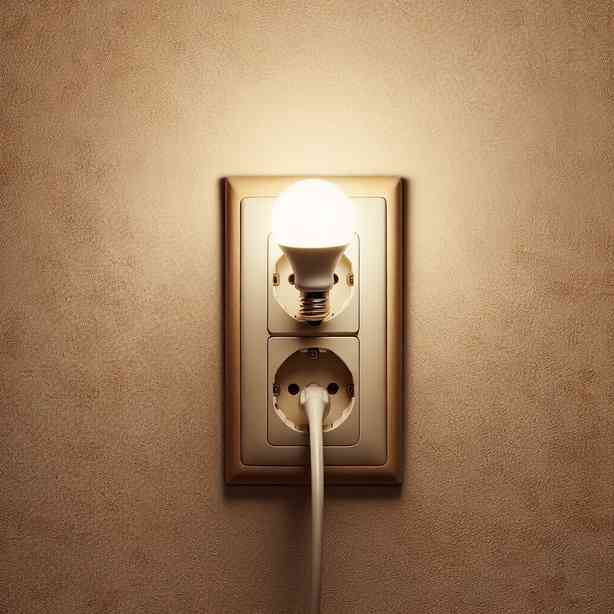
In our daily lives, we often take for granted the functionality of electrical outlets. They are ubiquitous in our homes, offices, and public spaces, quietly providing the power necessary to operate our devices, from smartphones to computers and kitchen appliances. Yet, many of us have encountered that one outlet that does not work, leaving us puzzled and frustrated. Understanding why this occurs is essential for troubleshooting, ensuring safety, and maximizing the efficiency of our electrical systems.
Electrical outlets can fail for a variety of reasons. One of the most common causes is a blown fuse or tripped circuit breaker. When an overload occurs—such as plugging in too many devices at once—electricity can exceed the safe limit for the circuit, prompting the breaker to cut off the flow of electricity to that circuit. As a precautionary mechanism, this helps prevent electrical fires and damage to appliances. Checking your circuit breaker panel is often the first step in diagnosing why a particular outlet has stopped working.
Another potential issue could be faulty wiring. Over time, electrical wiring can degrade, leading to loose connections or breaks that disrupt the flow of electricity. Such problems may arise due to age, wear and tear, or even pest invasions. If you suspect that faulty wiring is the culprit, it is crucial to consult with a qualified electrician. They possess the expertise and tools needed to diagnose wiring issues and ensure that the electrical system operates safely.
Sometimes, the condition of the outlet itself may be at fault. Outlets can wear out, especially in high-usage areas like kitchens or living rooms. Physical damage, including cracks or burn marks, can also indicate that an outlet is no longer safe to use. While it might be tempting to replace the outlet myself, it’s generally advisable to hire a professional. Not only can they ensure that the replacement is performed correctly, but they can also check for underlying issues that may have contributed to the outlet’s failure.
Moisture can also play a significant role in the malfunctions of electrical outlets. Particularly in areas with high humidity or water exposure—like bathrooms and kitchens—water can seep into outlets, leading to short circuits and electrical hazards. If you find that an outlet stops working after contact with moisture, it is essential to cease using it immediately. A licensed electrician can inspect the outlet and provide guidance on whether it needs replacement or repair.
In addition to diagnosing existing problems, regular maintenance of your electrical system can prevent problems from arising. This includes checking the state of your outlets, ensuring they are securely mounted, and inspecting for any signs of wear. Additionally, using outlet covers can protect them from dust, moisture, and accidental impacts, which may help prolong their lifespan.
When dealing with electrical issues, safety must always come first. If you’re ever in doubt about the state of an outlet, it is important to avoid using it until you have had a professional evaluation. Attempting to troubleshoot complex electrical problems without the right expertise can lead to dangerous situations, including shocks or fires. Calling in an electrician is the wisest course of action in these circumstances.
Awareness of the limitations of your home’s electrical system can also help avoid these inconveniences. Older homes, in particular, might not have been equipped to handle the electrical loads required by modern appliances and technology. If you live in an older home, consider having an electrician conduct an electrical audit. An audit can not only identify non-functioning outlets but also pinpoint areas of your electrical system that may need upgrading to accommodate current demands.
Ultimately, while a non-functional outlet can be a minor annoyance, it’s essential to approach the situation with a clear understanding of the potential causes. By recognizing that such issues could stem from various causes—overloaded circuits, faulty wiring, damaged outlets, or moisture exposure—you can make informed decisions on how to address the problem effectively.
In summary, that one outlet that doesn’t work can serve as a valuable reminder of the intricacies and importance of our electrical systems. Through preventative measures, such as regular checks and immediate attention to any issues that arise, we can maintain the safety and functionality of our electrical systems. Always remember that when in doubt, seeking the expertise of a qualified electrician is the best route for preserving the safety of your home and its electrical system. By fostering a proactive approach to electrical safety, you can ensure that all your outlets remain reliable and functional, allowing you to enjoy the conveniences of modern technology without interruption.


